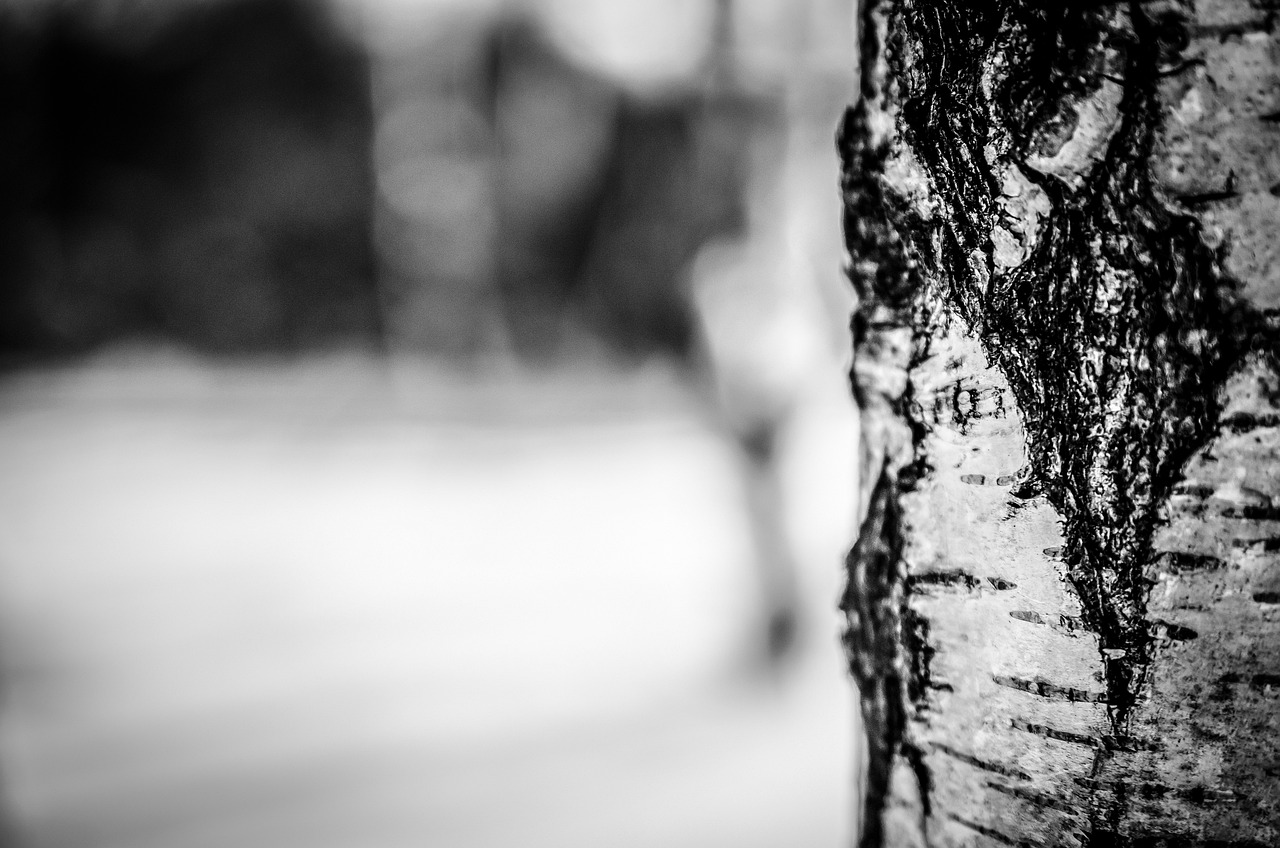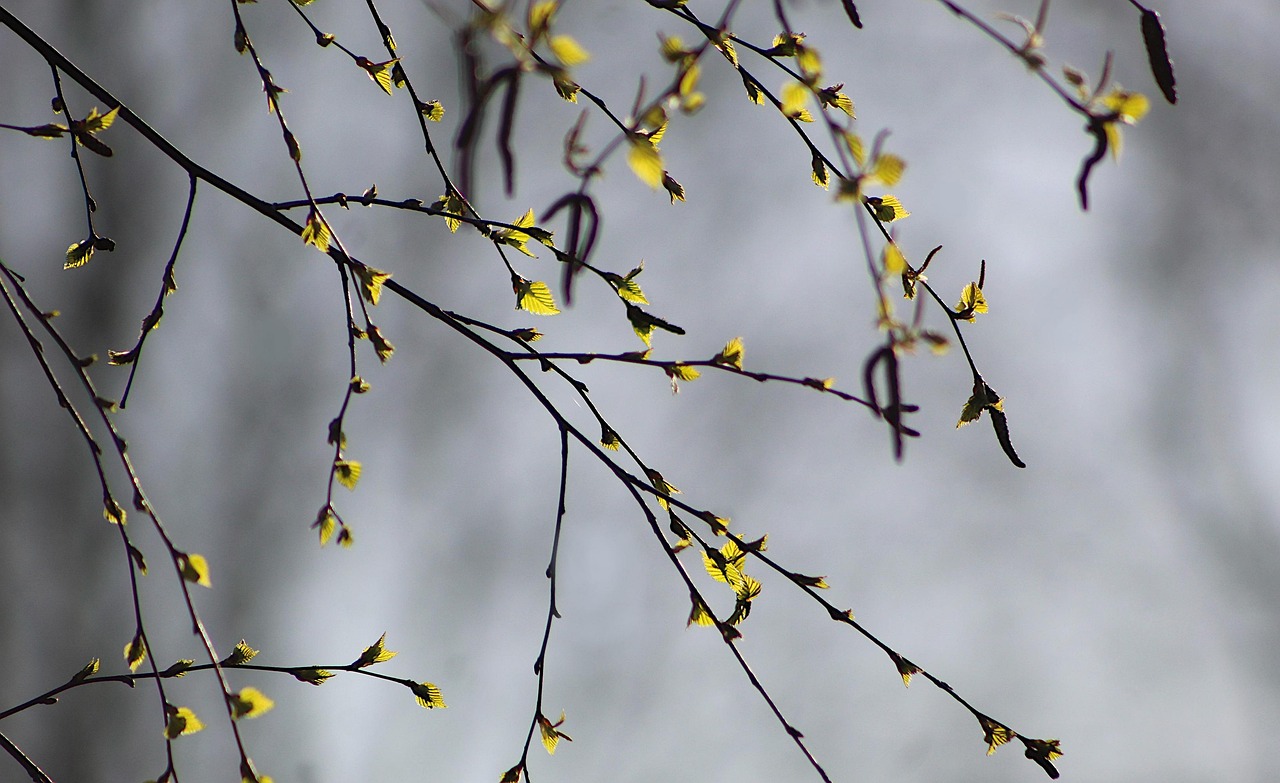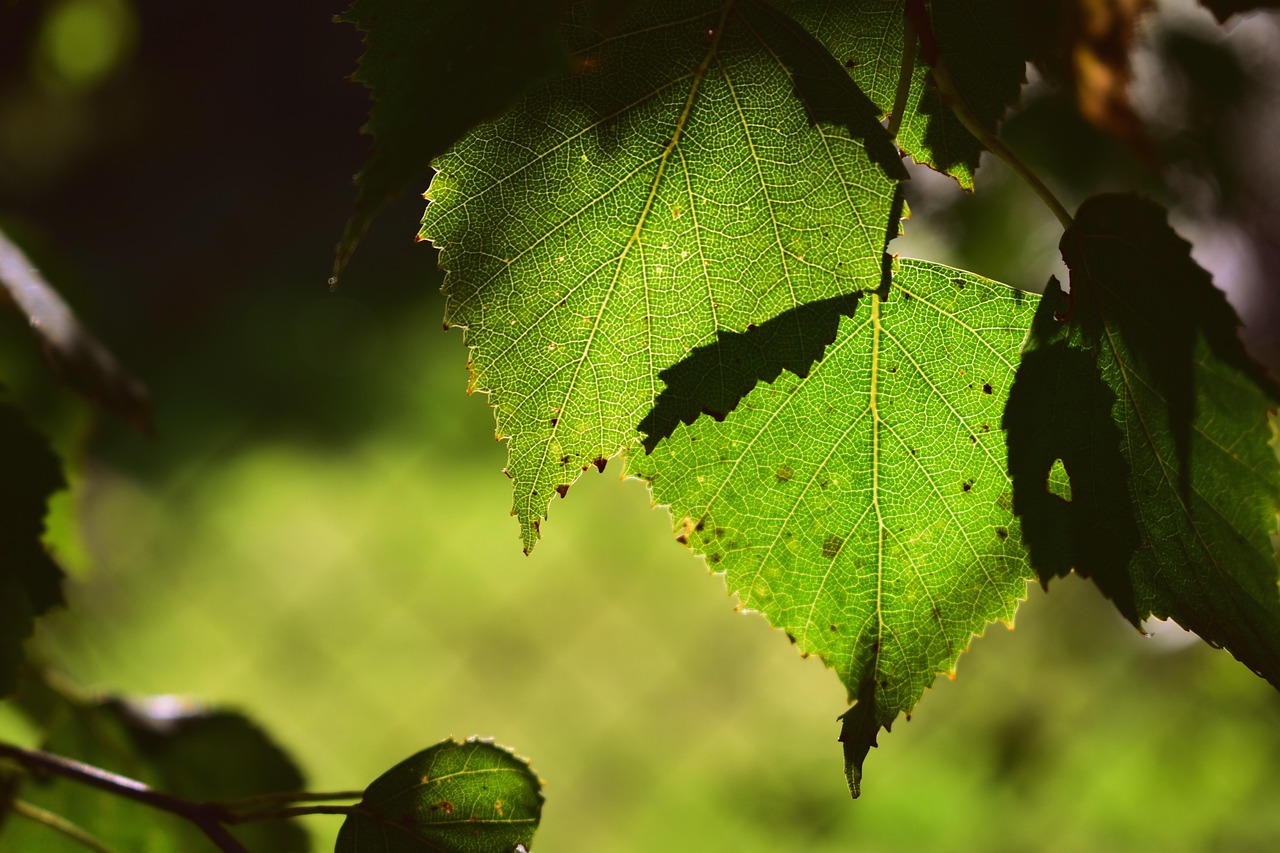Birch tree tapping for syrup requires specific equipment, including taps, buckets or bags, and collection containers. The process involves drilling a hole into the tree, inserting a tap, and allowing sap to flow into the container. This sap can then be processed into syrup.
Understanding Birch Tree Tapping

Birch trees are not only beautiful but also serve a practical purpose. They can be tapped for their sap, which is used to produce a unique syrup. Birch syrup has a distinct flavor that differs from traditional maple syrup, offering a delightful alternative for those looking to explore new tastes in their cooking and baking. The tapping of birch trees typically occurs in early spring when the sap begins to flow, following the thawing of winter and the warming of temperatures.
The process of tapping birch trees is similar to that of maple trees but requires specialized equipment and techniques due to the differences in sap composition. Birch sap is mostly water, containing about 1-2% sugar, which is lower than the sugar content found in maple sap. Therefore, it takes significantly more birch sap to produce syrup compared to maple syrup.
Before embarking on your birch tapping adventure, it’s important to understand the best practices for equipment selection and collection methods. This ensures that you gather sap effectively while minimizing damage to the trees.
Essential Equipment for Tapping Birch Trees
When it comes to tapping birch trees, having the right equipment is crucial. Below are some of the key items you will need:
- Taps: These are the small metal or plastic spouts inserted into the drilled hole in the tree.
- Collection Containers: Buckets or bags are used to collect the sap as it flows from the tap.
- Drill and Drill Bits: A cordless drill with a bit sized appropriately for your taps is essential for creating holes in the tree.
- Filtering Equipment: This includes filters for cleaning the sap before boiling it down into syrup.
- Boiling Equipment: A large pot or evaporator is necessary for cooking down the sap into syrup.
Collection Methods for Birch Sap
There are several methods for collecting sap from birch trees. Each method varies in effectiveness and ease of use. Here are some common collection methods:
- Bucket Collection: This traditional method involves hanging buckets on hooks attached to the taps. As sap flows, it drips directly into the bucket.
- Bags Collection: Using special sap bags allows for easier collection and can reduce contamination from rain or debris.
- Piping Systems: For larger operations, tubing can be set up to transport sap from multiple trees directly to a central collection point.
The choice of collection method often depends on the number of trees being tapped and the scale of syrup production desired. Smaller operations may find bucket or bag collection sufficient, while larger producers may benefit from more advanced piping systems.
| Collection Method | Pros | Cons |
|---|---|---|
| Bucket Collection | Simple and inexpensive | Requires frequent checking |
| Bags Collection | Less debris contamination | Can be affected by wind |
| Piping Systems | Efficient for large operations | Higher initial investment |
With the right equipment and methods in place, tapping birch trees can be a rewarding experience. It allows you to connect with nature while producing a delicious syrup that can enhance many culinary creations.
Seasonal Considerations for Birch Tree Tapping
Timing is crucial when it comes to tapping birch trees. The best season for tapping is typically during late winter to early spring, coinciding with the sap flow period. This is when temperatures fluctuate between freezing at night and thawing during the day, creating pressure changes within the tree that encourage sap movement.
Understanding the climatic conditions can significantly impact your sap collection. Here are some key factors to consider:
- Temperature Fluctuations: Ideal conditions involve daytime temperatures above freezing (around 40°F or 4°C) and nighttime temperatures below freezing. This creates a natural pressure differential that promotes sap flow.
- Weather Patterns: Sudden changes in weather, such as unexpected warm spells or heavy rainfall, can affect sap quality and quantity. It’s important to monitor these changes closely.
- Tree Health: Healthy trees produce more sap. Be sure to assess the health of your birch trees before tapping. Look for signs of disease or distress.
Preparing Birch Trees for Tapping
Before tapping, preparation is essential to ensure the health of the birch trees and maximize sap production. Here are the steps to take:
- Selecting Trees: Choose mature birch trees that are at least 12 inches in diameter. Younger trees may not have enough sap to justify tapping.
- Cleaning the Area: Clear the ground around the tree of debris, leaves, and other materials that could contaminate the sap.
- Inspecting Trees: Check for any physical damage, such as wounds or signs of insect infestation. Only healthy trees should be tapped.
- Marking Tapping Spots: Identify the area on the tree where you will tap. Ideally, place taps about 3-4 feet off the ground on the south side of the tree where sunlight exposure is maximized.
Techniques for Tapping Birch Trees
The actual process of tapping birch trees requires precision to avoid harming them. Here are some techniques to follow:
- Drilling: Use a drill with a bit size appropriate for your taps (usually 5/16 inches). Drill at a slight upward angle to help sap flow out of the hole.
- Inserting the Tap: After drilling, gently insert the tap into the hole. Ensure it fits snugly but do not force it, as this can damage the tree tissue.
- Attaching Collection Containers: Securely hang your bucket or attach your bag to the tap. Ensure there are no leaks that could lead to sap loss.
- Monitoring Sap Flow: Check your collection containers regularly to ensure they do not overflow and that the sap remains uncontaminated.
Processing Birch Sap into Syrup
Once you have collected enough sap, the next step is processing it into syrup. This can be an involved process due to the low sugar content in birch sap. Here’s how to do it:
- Boiling Down Sap: Pour collected sap into a large pot or evaporator. Heat it gradually and begin boiling. The sap will need to be boiled down significantly—approximately 100 gallons of birch sap will yield around 1 gallon of syrup.
- Filtering Sap: As you boil, impurities will rise to the surface. Use a filter to remove these solids for a clearer syrup.
- Finishing Temperature: Monitor the temperature closely; birch syrup is finished when it reaches about 219°F (104°C) at sea level.
- Bottling Syrup: Once finished, pour the syrup into clean, sterilized bottles while still hot to ensure proper sealing and preservation.
The process can be labor-intensive but rewarding, resulting in a unique syrup that showcases the distinct flavor profile of birch trees. Proper knowledge and techniques will ensure a successful tapping season and high-quality syrup production.

Flavor Profiles of Birch Syrup

Birch syrup has a unique flavor profile that sets it apart from more commonly known syrups, such as maple. Understanding its taste and culinary uses can enhance your appreciation and utilization of this delightful product. The distinct character of birch syrup is influenced by various factors, including the tree species, the time of tapping, and the processing method.
Characteristics of Birch Syrup Flavor
Birch syrup typically has a complex flavor that is often described as:
- Earthy: This quality emerges from the natural environment where the birch trees grow, contributing a sense of terroir to the syrup.
- Caramel Notes: Many people detect hints of caramel or toffee in birch syrup, making it a sweet yet sophisticated option.
- Mildly Spicy: Some varieties may exhibit subtle spices, adding an intriguing depth to the flavor.
- Nutty Undertones: A warm, nutty finish can complement many dishes, providing a unique twist compared to maple syrup.
The flavor of birch syrup can change depending on the season in which it is collected. Early-season sap tends to be lighter and fresher, while sap collected later may have a richer and more robust flavor. Experimenting with different collection times can yield a variety of taste experiences.
Culinary Uses for Birch Syrup
Birch syrup is a versatile ingredient that can be used in various culinary applications. Here are some popular ways to incorporate birch syrup into your cooking and baking:
- Pancakes and Waffles: Use birch syrup as a delicious topping for breakfast items, providing a unique twist on the traditional maple syrup.
- Glazes and Marinades: Combine birch syrup with soy sauce, garlic, and ginger to create flavorful marinades for meats or vegetables.
- Baking: Substitute birch syrup for sugar or other syrups in recipes like cookies, cakes, and muffins to impart a distinct flavor.
- Salad Dressings: Whisk birch syrup with vinegar, olive oil, and herbs to create a sweet and tangy salad dressing.
- Sauces: Incorporate birch syrup into barbecue sauces or glazes for meats to add complexity and sweetness.
Nutritional Benefits of Birch Syrup
In addition to its delightful flavor, birch syrup also offers several health benefits. While it should still be consumed in moderation due to its sugar content, here are some nutritional aspects worth noting:
- Lower Glycemic Index: Birch syrup has a lower glycemic index compared to regular sugar, making it a better choice for those monitoring their blood sugar levels.
- Rich in Minerals: Birch syrup contains minerals such as manganese, potassium, calcium, and magnesium, which are beneficial for overall health.
- Antioxidants: It has antioxidant properties that help combat free radicals in the body, contributing to overall wellness.
These nutritional qualities make birch syrup not just a tasty alternative but also a potentially healthier option for those looking to diversify their diets.
Storing Birch Syrup

Proper storage of birch syrup is essential for maintaining its quality and flavor. Here are some tips on how to store your birch syrup effectively:
- Cool Storage: Store unopened bottles in a cool, dark place. A pantry or cellar is ideal for long-term storage.
- Refrigeration: Once opened, keep birch syrup in the refrigerator to preserve freshness. It can last for up to a year if stored properly.
- Airtight Containers: Ensure that bottles are tightly sealed to prevent moisture from entering and spoiling the syrup.
- Freezing Option: For long-term storage, birch syrup can be frozen. Use freezer-safe containers but leave some space at the top to allow for expansion.
By following these storage guidelines, you can enjoy your birch syrup throughout the year without compromising its quality or flavor. With its distinct taste and versatility, birch syrup deserves a place in your kitchen pantry.
Challenges in Birch Tree Tapping
While tapping birch trees for syrup can be a rewarding endeavor, it is not without its challenges. Understanding these challenges can help you prepare better and increase your chances of success. Here are some common issues faced by birch syrup producers:
- Low Sap Yield: As mentioned earlier, birch sap has a lower sugar content compared to maple sap. This means that it takes a much larger volume of sap to produce a smaller quantity of syrup, which can be discouraging for beginners.
- Weather Dependencies: The sap flow is highly dependent on weather conditions. Unpredictable weather patterns can lead to inconsistent sap production, affecting overall yield.
- Tree Health Management: Tapping can put stress on trees. If trees are tapped improperly or too frequently, their health may decline, leading to reduced sap production in subsequent years.
- Equipment Costs: Initial investments in equipment can be high, especially for those starting out with multiple trees or opting for advanced collection methods.
Despite these challenges, many enthusiasts find tapping birch trees to be a fulfilling and enjoyable activity. With careful planning and attention to detail, you can overcome these obstacles and enjoy the fruits of your labor.
The Future of Birch Syrup Production
The interest in birch syrup is growing as more people seek natural and unique sweeteners. With this rise in popularity, several trends are emerging in the world of birch syrup production:
- Sustainable Practices: As consumers become more environmentally conscious, there is an increasing demand for sustainably harvested birch syrup. Producers are focusing on practices that minimize tree damage and ensure long-term health.
- Innovation in Methods: New technologies and methods are being developed to improve sap collection and processing efficiency. Innovations such as advanced filtering systems and automated boiling techniques are becoming more common.
- Culinary Exploration: Chefs and home cooks alike are experimenting with birch syrup in various dishes, leading to increased recognition of its culinary versatility. This trend is likely to continue as more people discover its unique flavor.
- Educational Workshops: As interest grows, many producers are offering workshops and educational sessions to teach others about birch tapping and syrup production, fostering a community of enthusiasts.
Final Thoughts
Birch tree tapping for syrup is a fascinating and rewarding endeavor that connects people with nature. It allows you to explore the unique flavors and culinary applications of birch syrup while engaging in sustainable practices. With the right equipment, knowledge, and techniques, anyone can participate in this age-old tradition.
As you embark on your birch syrup journey, remember the importance of timing, tree health, and proper handling techniques. Each season brings new learning experiences and opportunities for experimentation. Whether you are a seasoned producer or just starting, the joy of harvesting your own syrup is unmatched.
Ultimately, birch syrup represents not just a delicious product but also an appreciation for the natural world and the resources it provides. Embrace the journey of tapping birch trees and enjoy the sweet rewards that come with it.
